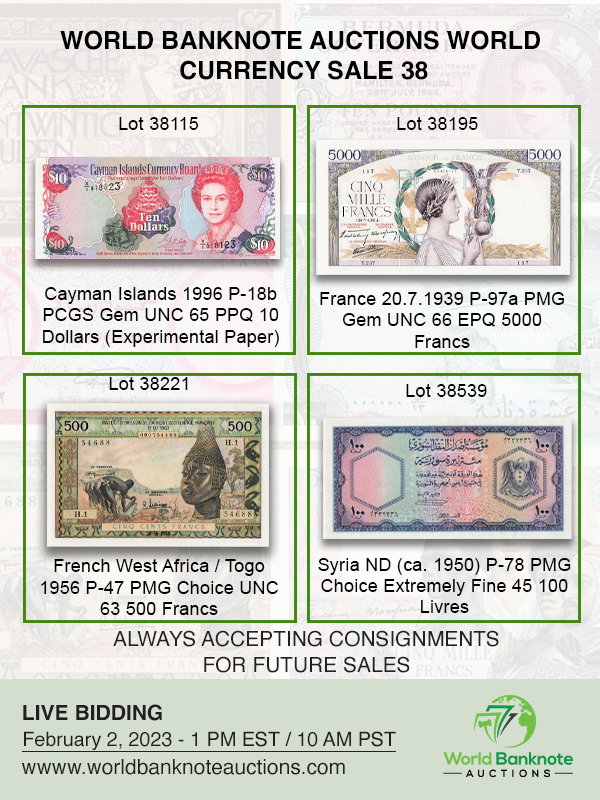
PREV ARTICLE
NEXT ARTICLE
FULL ISSUE
PREV FULL ISSUE
BOOK REVIEW: WHEN MONEY TALKSJP Koning passed along this London Review of Books review of When Money Talks by by Frank L. Holt. Thanks! -Editor
When Money Talks: A History of Coins and Numismatics
As well as this antiquarian taint, there is also the whiff of trade: academic numismatists have to rub shoulders with amateurs, many of whom possess great technical knowledge, and professionals who work for commercial concerns. The same can be true of art historians, but at least they often have dealings with the donor class whose private collections, through gift or loan, grace the world's museums. With coins, all but the most splendid rarities cost less than a mediocre Roman bust, while at the low end of the market, Pokémon cards are a better investment. So not just sordid but déclassé. On top of that, there is a very real problem with provenance. While dealers and auction houses keep the existing stock of ancient coins recirculating, the supply of new coins, from great rarities to the most common late Roman bronzes, comes overwhelmingly from war zones or from countries where clandestine excavation is enabled by lax law enforcement and venal officialdom. Bulgaria has for decades been the source of huge caches of Greek and Roman coins, while Syria has been disgorging bronzes by the tens of thousands with the distinctive patina that sand gives to coins. Frank L. Holt tackles the problem in a chapter he frames as a classroom discussion between a lecturer, a preternaturally learned coin collector and students playing devil's advocate. His verdict is that we should take the curatorial approach used with dinosaur bones, where paleontologists and fossil hunters have a symbiotic and co-operative relationship. This seems less realistic in Helmand than in Wyoming. Holt has written several excellent books on Alexander the Great and his successors in Central Asia, all of them with substantial numismatic content. When Money Talks, by contrast, is rather eccentric, with puns and dad jokes and a chapter on ‘the coin's point of view'. Philip Grierson's magisterial Numismatics (1975), sadly out of print, remains a better introduction to the subject, though Holt's book is more likeable. It also conveys something very important: holding a coin that someone else held two thousand years ago creates a special feeling of connectedness. Anyone who has handed a bag of cheap Roman bronzes around a room of bored undergraduates will have seen first-hand the way it electrifies the atmosphere. Coins make history feel real. And there are an awful lot of them out there. Ancient Roman coins in particular were mass-produced on a scale that beggars the imagination and shipped to every corner of the empire, ending up as far afield as East Africa and southern India. The Mildenhall Hoard, found in Wiltshire in 1978, probably the most famous Romano-British find, weighed 180 kg and contained more than fifty thousand low-value coins from the third century. The 1918 Komin hoard, found near the mouth of the Neretva river in Croatia, contained around three hundred thousand coins from the same era. Right now, half a million Roman coins from Egyptian hoards, mostly uncleaned and unconserved, are stored between museums in Cairo, Alexandria, Toronto and Ann Arbor. More turn up all the time. A Spanish badger made international news last year when it uncovered a hoard of several hundred coins in an Asturian cave. Even for scholars, the fact of the badger was more interesting than the utterly predictable fourth-century bronzes that made up the hoard. What survives is thought to represent about 1 per cent of the coinage originally struck; almost all of them were part of a hoard. Stray finds – single coins lost by the roadside or dropped at the bazaar – make up a tiny percentage of survivals. Yet for most of the history of numismatics, coins have been studied individually, for their iconography, their contributions to political geography (there are, for instance, Greek cities attested only by their coins), or for what their inscriptions tell us about the structure of government or the development of rulers' titulature. Less happily, they have been used to build elaborate historical narratives of places and periods for which written evidence is virtually non-existent, like the Greco-Bactrian kingdom, most of whose rulers are known solely from coin portraits and legends. Third-century usurpers attract similar excesses. Jotapian, Uranius Antoninus, Ingenuus and Regalianus are all barely known apart from their coinages. To this list we may perhaps now add the Sponsianus whose anomalous gold coins, housed in Glasgow's Hunterian and long dismissed as modern forgeries, sparked a Twitterstorm in December, when an earth scientist suggested that mineral deposits and surface abrasion authenticated their antiquity. The jury is out – the case for forgery either modern or ancient is very strong – but even if real, the lost history of Roman Dacia they are purported to reveal is in fact pure fantasy.
To read the complete article, see:
To read the earlier E-Sylum article, see:
Wayne Homren, Editor The Numismatic Bibliomania Society is a non-profit organization promoting numismatic literature. See our web site at coinbooks.org. To submit items for publication in The E-Sylum, write to the Editor at this address: whomren@gmail.com To subscribe go to: https://my.binhost.com/lists/listinfo/esylum All Rights Reserved. NBS Home Page Contact the NBS webmaster 
|

